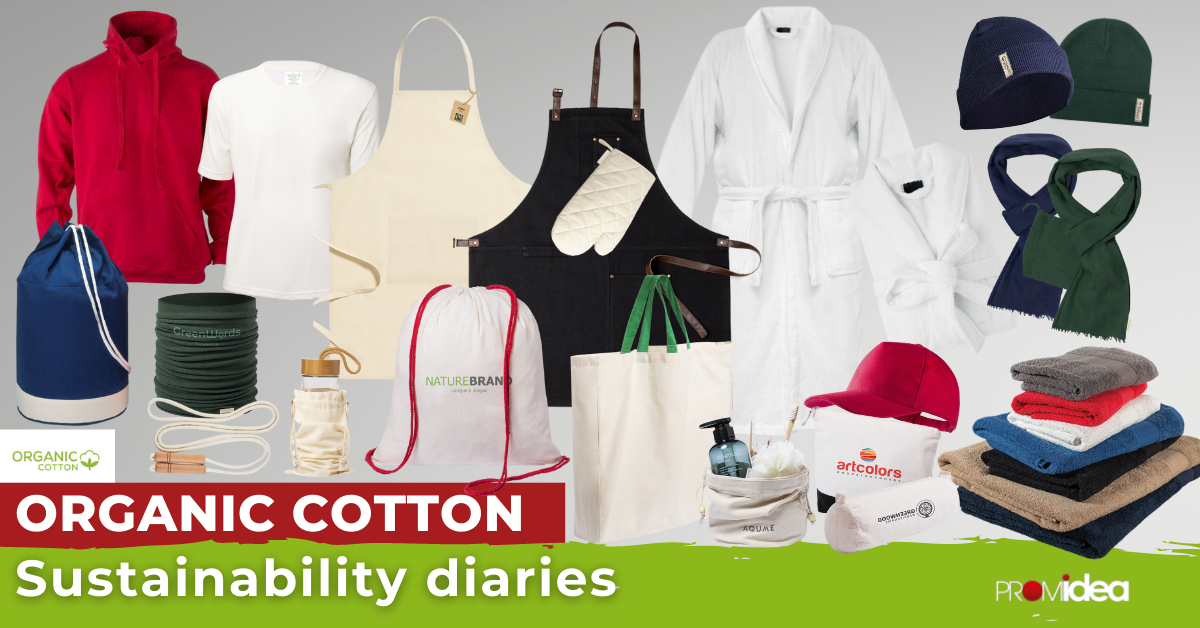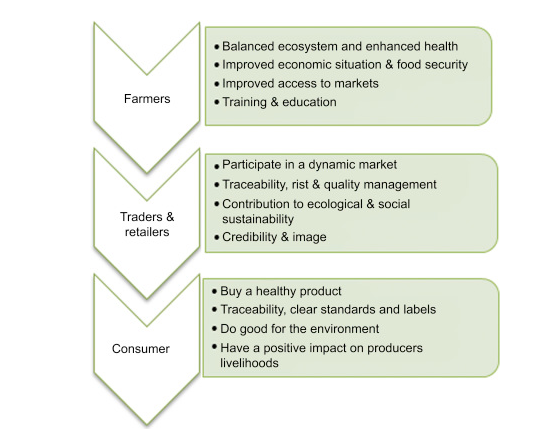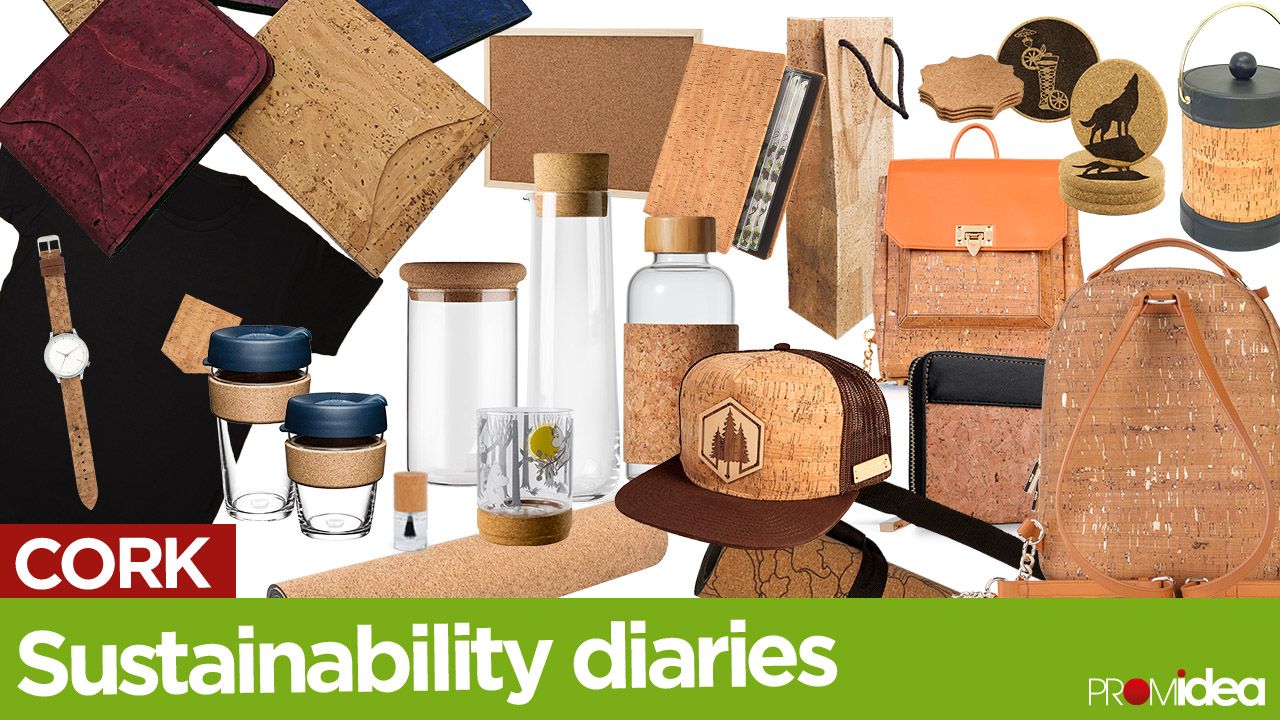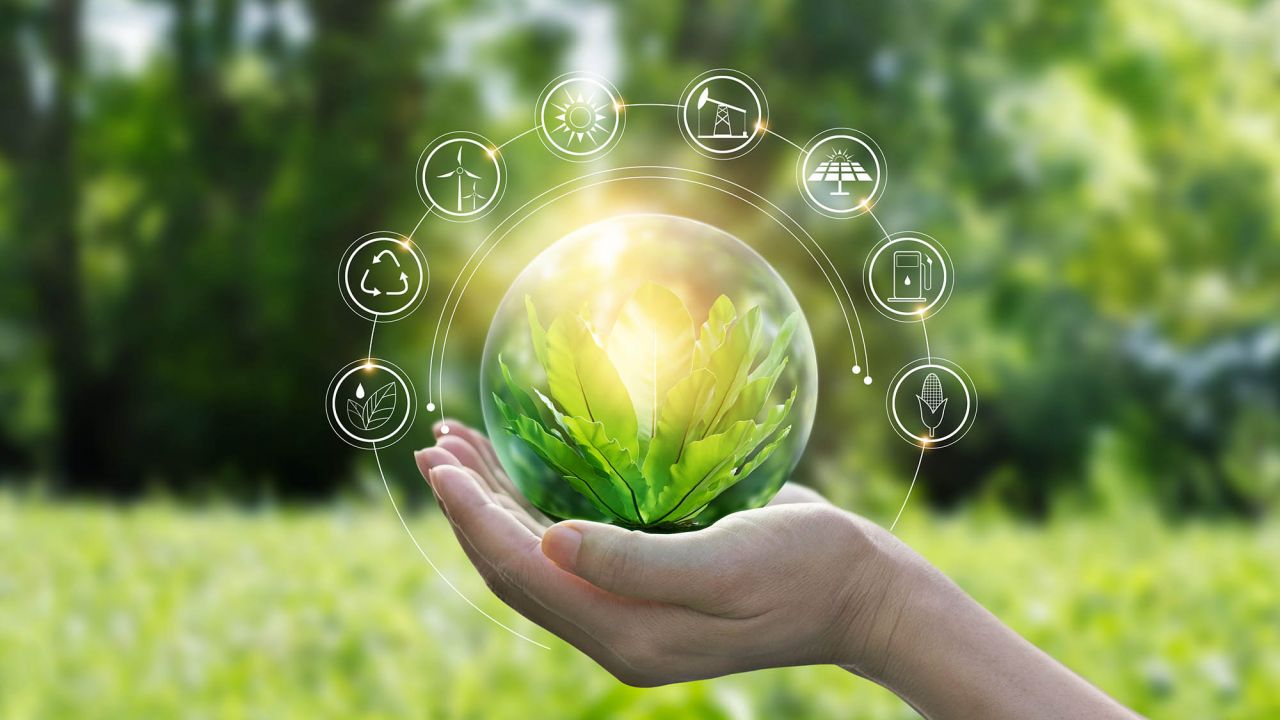Definition:
Organic cotton, the cotton of our ancestors, grown using sustainable methods with low impact on the environment. The non-use of insecticides, fertilizers or other chemicals in the yarn and production processes results in a comfortable fabric, 100% plant-derived and hypoallergenic, in a natural weave that claims traditional agriculture.
Like organic foods 20 years ago, the idea of organic cotton is confusing to many of us. It’s taken a little longer to catch on because the correlation isn’t as direct. We don’t eat cotton fiber (at least we hope you don’t! :) ) However, more people are becoming knowledgeable as to how the organic cotton movement is just as powerful and important as that of organic foods.
In addition to being one of the most widely grown crops in the world, growing conventional cotton is also one of the most chemical-intensive. These chemicals have tremendous impact on the earth’s air, water, soil, and the health of people in cotton-growing areas. They are among the most toxic chemicals as classified by the Environmental Protection Agency. The problem is even worse in developing countries with uninformed consumers, and lack of stable institutions and property rights. In addition to destroying the land, thousands of farmers die from exposure to these chemicals every year.
Conventional cotton vs Organic cotton:
It was first planted in the 1980s as an attempt to secure sustainable, ecological, and biodynamic agriculture. Organic cotton promotes and enhances biodiversity and biological cycles and so is beneficial to human health and the environment. Therefore, even though the properties of organic cotton fibre are not as good as regular cotton fibre worldwide production of organic cotton is growing rapidly.
Did you know that for every kilogram of conventional cotton in productions it's used 11,000 litres of water ? Sustainable cotton uses 91% less water and has a lower carbon footprint than its conventional counterpart and this fact can have a huge impact on the environment. If you want to make a positive change, and support a better future, then start with small changes in making your lifestyle a little bit healthier by switching to organic cotton for the fully hypoallergenic properties and due the fact that the production have a lower impact on the surrounding areas. Although, the organic cotton can cost more than conventional cotton due to farming and manufacturing processes ( weeding is done by hand, promote soil regeneration and it involves natural or water-based dyes), as consumers we may be worthy to pay the extra price to help promote a sustainable and eco-friendly industry.
Image source: Organic Trade Association, 2012 / The benefits of organic cotton
So, what are the main difference between traditional/conventional cotton and organic cotton?
Even though they use the same natural fibre, they’re grown and produced in different ways. While traditional cotton farming puts speed and high-demand first, organic cotton employs more sustainable and ethical practices.
|
ORGANIC |
CONVENTIONAL |
|
|
Seed Preparation |
Natural, untreated GMO free seeds. |
Typically treated with fungicides or insecticides. Possible GMOs. |
|
Soil Preparation |
Healthy soil through crop rotation. Retains moisture in soil from increased organic matter. |
Synthetic fertilizers, loss of soil due to mono- crop culture, intensive irrigation. |
|
Weed Control |
Healthy soil creates natural balance. Beneficial insects and trap crops used. |
Aerial spraying of insecticides and pesticides. Nine of the most commonly used pesticides are known cancer-causing agents. |
|
Harvesting |
Natural defoliation from freezing temperatures or through the use of water management. |
Defoliation induced with toxic chemicals. |
|
Production |
Warp fibers stabilized using double-plying or nontoxic cornstarch. |
Warp fibers stabilized using toxic waxes. |
|
Whitening |
Safe peroxide is used. |
Chlorine bleaching creates toxic by-products, which are released into the environment. |
|
Finishing |
Soft scour in warm water with soda ash, for a pH of 7.5 to 8. |
Hot water, synthetic surfactants, additional chemicals (sometimes formaldehyde). |
|
Dyeing |
Low-impact fiber-reactive or natural dyes with low metal and sulfur content. |
High temperature containing heavy metals and sulfur. |
|
Printing |
Low-impact, water-based inks and/or pigments with no heavy metals. |
Pigments may be petroleum based and contain heavy metals. Run-off spills into waterways, polluting streams. |
|
Fair Trade |
Social criteria in place to ensure safe, healthy, non-abusive, nondiscriminatory environment with living wages. |
No social screening. Possible child or forced labor used. Facilities may be unsafe and unhealthy. |
|
Marketing |
Positive story can be told to differentiate you from your competitors. |
None. As awareness of organic advantage expands, increased potential for negative image. |
|
Price |
Initial cost more expensive. Long-term advantages: priceless. |
Initially cheaper. Long-term impact on environment: devastating. |
Environmental Footprint
- Organic Cotton & Carbon footprint:
In regards to cotton's carbon footprint, the organization says that cotton releases “approximately 300 pounds of carbon equivalent emissions per acre.” Even with this “small greenhouse gas footprint,” cotton producers have been able to reduce their greenhouse gas emissions by 30% since the 1980s. Lowering cotton’s carbon footprint continues to be an ongoing effort. the cotton industry has an aggressive goal of lowering greenhouse gas emissions even further .
Cotton’s impact on the climate does not go unnoticed by cotton farmers and ginners. Many cotton companies specifically state their sustainability initiatives, such as water irrigation and pesticide use, on their website. Cotton also possesses the ability to sequester carbon , and due to conservation practices and innovations, such as conservation tillage, farmers have been able to make the amount of carbon stored nearly equal to the amount of carbon emitted into the atmosphere.
People don’t always think about organic when it comes to the clothes we wear, the sheets we sleep on, the personal care items we depend on, and the mattresses in our bedrooms. But organic cotton is one of the most important choices people can make for the environment, because it supports a healthy ecosystem and prevents the use of toxic synthetic chemicals.
Cotton is one of the most widely grown crops in the world, and conventional cotton is one of the most chemically intensive crops with serious consequences for the Earth’s air, water, soil, and climate – not to mention the health of farm workers and cotton processors. Organic cotton is grown, processed, dyed, and finished with methods that have a focus on building ecosystem health and reducing the use of toxic pesticides, synthetic fertilizers and hazardous processing chemicals.
This research takes a deep dive into the environmental benefits of organic cotton production, showing the importance of avoiding synthetic chemicals, the role of organic cotton when it comes to climate change mitigation, and the benefits of organic cotton to water and biodiversity
- Organic Cotton & Climate Change:
Organic cotton outperforms conventional cotton when it comes to climate change mitigation. A recent life cycle analysis for production of cotton t-shirts found that "using organic cotton cultivation and renewable energy sources instead of the traditional techniques, decreased eutrophication potential, acidification potential and global warming potential by 48%, 52% and 70%, respectively." These results are consistent with other studies that have found that organic production methods significantly reduce GHG emissions, use less energy and reduce environmental externalities like aquatic eutrophication potential because organic prohibits the use of chemical based fertilizers. Organic farming also contributes to climate change mitigation by sequestering carbon in the soil.
- Organic Cotton & Biodiversity:
Studies carried out in the past suggest that organic farming systems can play a role in biodiversity conservation. Common organic farming practices benefit a wide range of organisms. Compared to conventional farms, organic farms generally support a greater diversity of carabid beetles, spiders, earthworms, beneficial parasitoid wasps, vascular plants, birds, bees and other native pollinators, soil microbes and fungi, and small rodents.
Now that you know the difference between conventional cotton vs organic cotton, and you want to discover more about promotional products that rely on the latter, you’re in the right place! Discover PROMIDEA and what we can do for your sustainability BRAND awareness !
Sources:
Organic Cotton - an overview | ScienceDirect Topics





